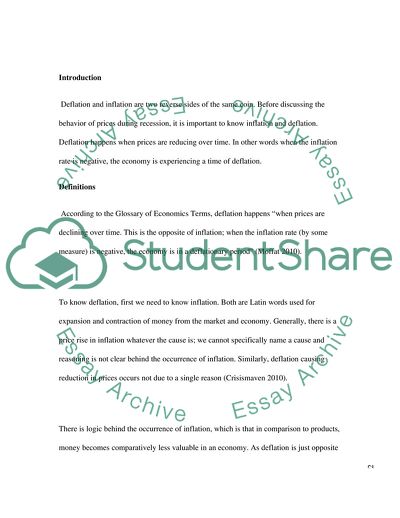Deflation - Why Don't Prices Decline During a Recession Research Paper. https://studentshare.org/macro-microeconomics/1736038-deflation-why-dont-prices-decline-during-a-recession
Deflation - Why Don'T Prices Decline During a Recession Research Paper. https://studentshare.org/macro-microeconomics/1736038-deflation-why-dont-prices-decline-during-a-recession.


